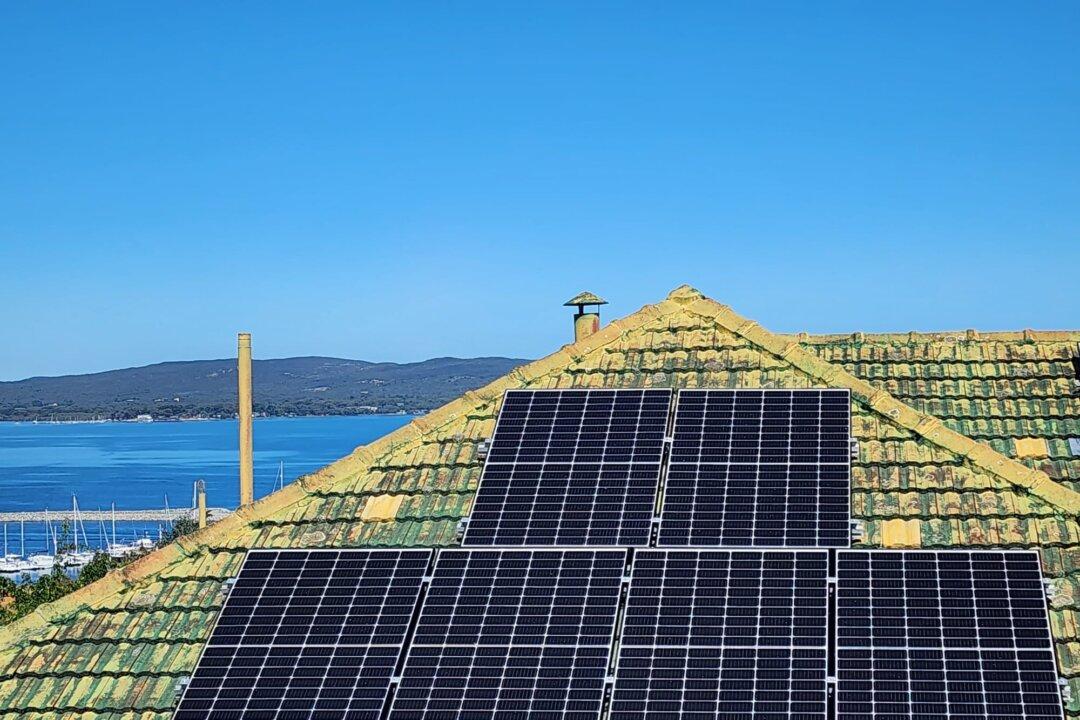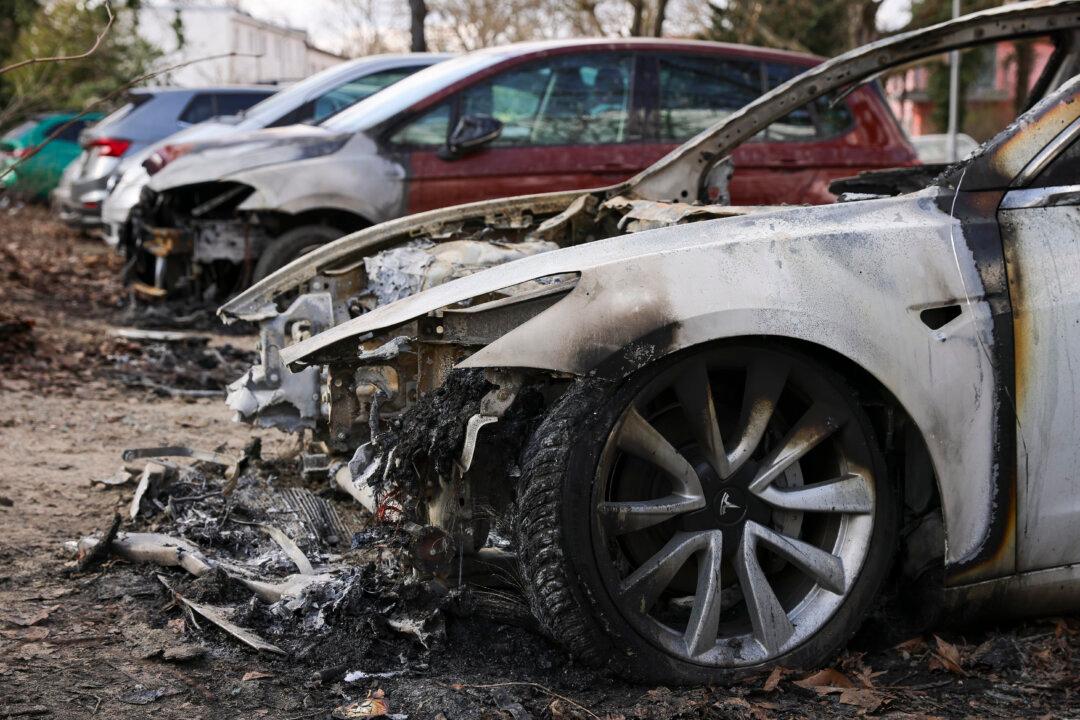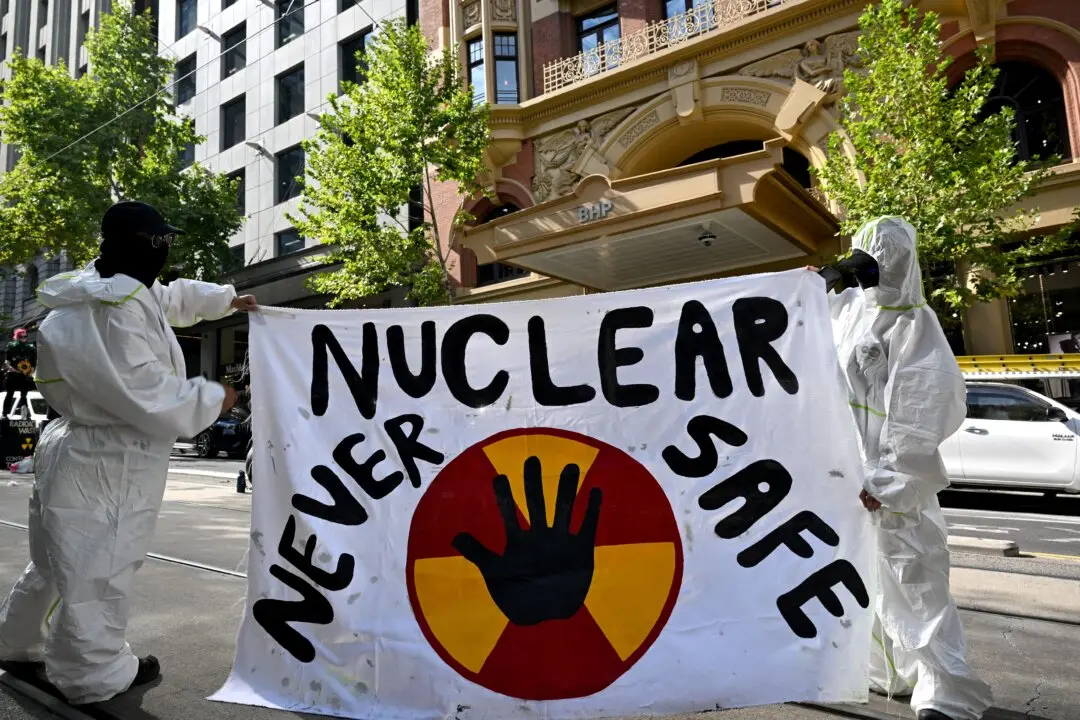The head of a major electricity generator and retailer in Australia has warned about the significant challenges facing the renewable transition and proffered a bleak outlook for consumers from rising energy prices.
During his speech at the Australian National Press Club on April 10, Alinta managing director and CEO Jeff Dimery said the energy transition to net zero emission was “getting harder, not easier” despite government support and significant investments in renewable projects in recent years.





